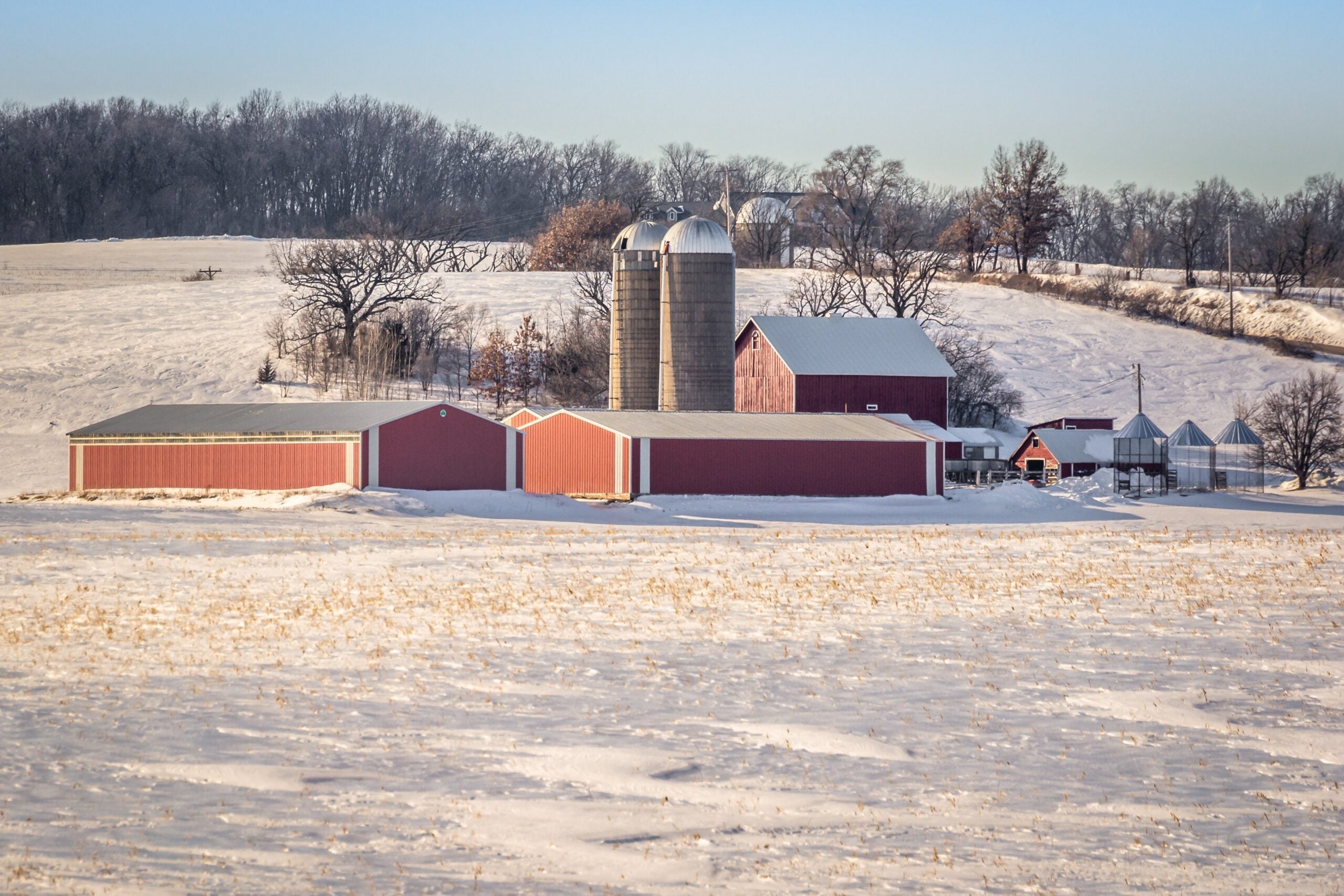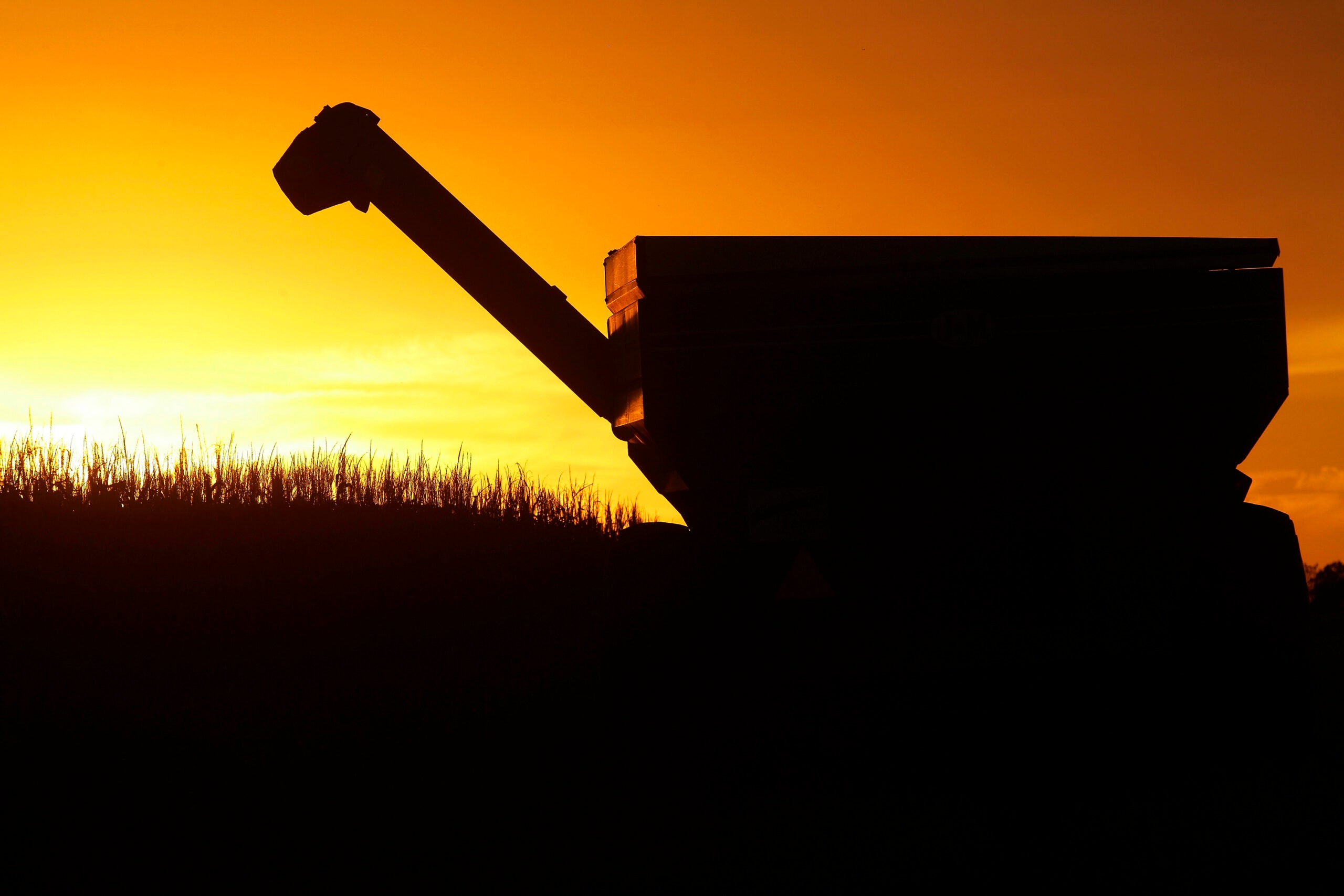Western Wisconsin continues to lead the nation in farm bankruptcies, reporting the highest number of new filings in 2020.
But bankruptcy experts say most of those producers are looking for ways to keep farming, instead of going out of business.
Federal court data shows the Western District had 39 new Chapter 12 bankruptcy filings in 2020, a chapter specifically for farmers and anglers.
Stay informed on the latest news
Sign up for WPR’s email newsletter.
The Eastern District of Wisconsin came in fourth in the nation with 30 new filings, right behind Kansas and Nebraska.
Roger McEowen is a professor of agricultural law and taxation at Washburn University School of Law in Topeka, Kansas, who helped write the current bankruptcy laws for farms. He said it’s important to realize why farmers file a Chapter 12 bankruptcy in the first place.
“This is not a liquidation provision of the bankruptcy code,” McEowen said. “They plan on continuing (their business). It’s a restructuring bankruptcy with very, very favorable tax provisions.”
A Chapter 12 filing allows farmers who are carrying too much debt to reorganize their business into a more profitable system and potentially have some of their debt forgiven.
This debt is usually owed to unsecured creditors, like a local feed mill or a machinery dealership. But McEowen said the most important part of a Chapter 12 bankruptcy is that tax debt generated by selling land or other assets during the reorganization also falls in this category.
“Any debt you owe to taxing authorities — could be IRS, could be state, could be municipalities, whatever government claims there are against the debtor — those are moved, what we like to say is, to the back of the line,” McEowen said.
McEowen said there has also been an increase in the number of Chapter 12 bankruptcy filings across the country since Congress raised the maximum amount of debt a farmer can have from $4.5 million to $10 million in 2019.
“Farms were getting bigger at a greater pace than the inflation rate, particularly in the last 10 years,” McEowen said. “They were incurring more debt because interest rates were low. So those numbers were expanding the size (of farms) and the debt levels were expanding higher than the inflation adjustment.”
Paul Swanson, a bankruptcy attorney in Oshkosh, said most of the farms filing for bankruptcy in Wisconsin are smaller dairy farms that have borrowed too much since milk prices plummeted in 2015.
Swanson said the western district of Wisconsin, which covers 44 counties and more than half of the geographic area of the state, tends to have more small farms than the eastern district. He said those farms are struggling to compete with the growing number of concentrated animal feeding operations, or CAFOs, that can produce milk at a much lower cost.
“People that really grew up farming, generational farms, they really don’t want to give up until they absolutely have to, but they’re not very economical,” Swanson said. “The small farm is going the way of the dinosaur unfortunately, unless they can find a niche or something.”
Swanson said many of the dairy farms he works with have been able to successfully restructure because of the relatively low interest rates over the last few years. He said most work with financial advisors, animal nutritionists and other professionals to create a plan to become more efficient.
“We could save them. And then all of a sudden the pandemic just took us over the cliff,” Swanson said. “For about four months there, … I don’t know how people didn’t just lose all hope.”
Milk prices fell dramatically at the start of the pandemic and disrupted supply chains across the country for several months. While milk prices did recover last summer to profitable levels thanks to government buying programs, Swanson said the current market uncertainty is still making it difficult for farms to find a path toward profitability.
McEowen said some struggling farms could be choosing to leave dairy behind in favor of other markets.
“You could restructure as a row crop operation and that’s still farming, so you’re still eligible in a (Chapter) 12 to do that,” McEowen said. “I wouldn’t be surprised if there are some switching out of dairy.”
He said it’s difficult to say how often this type of change happens because every bankruptcy case is unique.
Wisconsin Public Radio, © Copyright 2024, Board of Regents of the University of Wisconsin System and Wisconsin Educational Communications Board.





